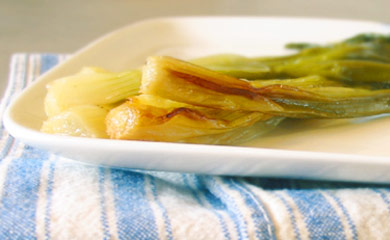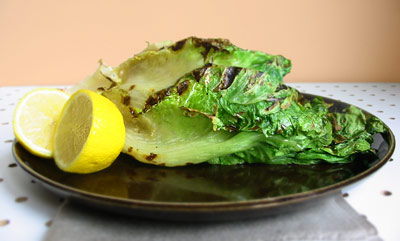 Maybe it is the French-ification of American cuisine, or perhaps it is that the entire culinary world is getting downright bourgie, or maybe it is just that creme fraiche is tangy and delicious, but perhaps you too have noticed it creeping onto menus and into recipes a lot more lately. I can see why, the creamy mouth feel, the crisp flavor, the cooling appeal. Let’s face it– Creme Fraiche is ‘da bomb!
Maybe it is the French-ification of American cuisine, or perhaps it is that the entire culinary world is getting downright bourgie, or maybe it is just that creme fraiche is tangy and delicious, but perhaps you too have noticed it creeping onto menus and into recipes a lot more lately. I can see why, the creamy mouth feel, the crisp flavor, the cooling appeal. Let’s face it– Creme Fraiche is ‘da bomb!
 But for many, it is still somewhat difficult to find. You may have even resorted to using sour cream, a paltry second in terms of complexity. Well, look no further, creme fraiche is infinitely easy to make. It is possible to have a small jar of the stuff, quietly cooling in the fridge, by this time tomorrow. Suzanne Goin, in her fabulous book Sunday Suppers at Lucques, taught me how to make creme fraiche, and now dear readers, I am teaching you.
But for many, it is still somewhat difficult to find. You may have even resorted to using sour cream, a paltry second in terms of complexity. Well, look no further, creme fraiche is infinitely easy to make. It is possible to have a small jar of the stuff, quietly cooling in the fridge, by this time tomorrow. Suzanne Goin, in her fabulous book Sunday Suppers at Lucques, taught me how to make creme fraiche, and now dear readers, I am teaching you.
Making creme fraiche is not a secret, or at least it shouldn’t be. Simply take one cup of heavy whipping cream, and heat gently on the stove to body temperature. Remove the cream, place in a glass jar, and add two tablespoons of buttermilk. Mix, and cover loosely with plastic wrap. Then set the jar on the counter, and leave overnight, or up to 24 hours. I was doubtful myself that much of anything would happen. But the next day, the cream had thickened to make creme! Refrigerate, and the creme fraiche will thicken even more. The creme fraiche will stay fresh, covered in the fridge, for a few weeks. The best part is, new batches of creme fraiche can be made by using this original creme fraiche starter, instead of buttermilk. Subsequent batches will be thicker and tangier.
I have been using my creme fraiche in everything. Spooned on a simple bowl of sliced strawberries; enriching whipped cream, and dolloped along side a slice of apple cake; along side a piece of chicken, accented with freshly chopped, springtime herbs; the possibilities are endless. So go ahead and get bourgie. Now that spring has arrived, throw on a tank top, slather on the Coppertone, then head to the kitchen to get fraiche yourself.


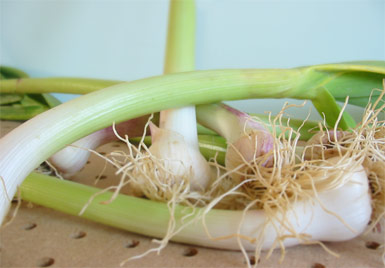
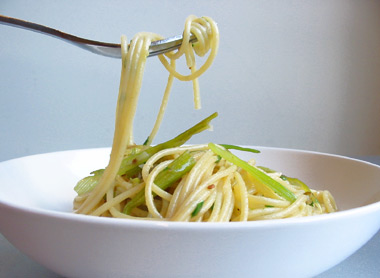
 Sunday Brunch. It seems that lately I have been having guests over quite often to partake in that not-quite-breakfast-but-certainly-not-lunchtime, ritual. It is a wonderful way to entertain– more relaxed, carefree, an assemblage of sorts. There is no worry over what wine to serve (mimosas do just perfect), no sit-down courses to worry about getting on the table at the right moment, and dessert? No one really expects a ganache covered cake at 11:30 in the morning! (Though at my house one would rarely be turned away either.)
Sunday Brunch. It seems that lately I have been having guests over quite often to partake in that not-quite-breakfast-but-certainly-not-lunchtime, ritual. It is a wonderful way to entertain– more relaxed, carefree, an assemblage of sorts. There is no worry over what wine to serve (mimosas do just perfect), no sit-down courses to worry about getting on the table at the right moment, and dessert? No one really expects a ganache covered cake at 11:30 in the morning! (Though at my house one would rarely be turned away either.)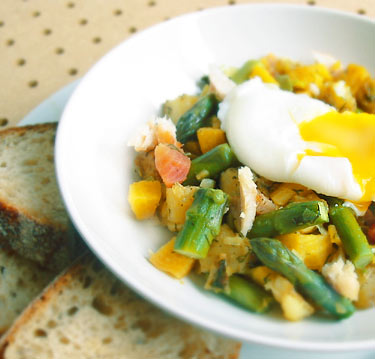


 Easter by far has the greatest confections. Cadbury’s Creme Eggs with sugary sweet fondant center– love them! Peeps, I gladly gobble up, the more stale the better. And Reese’s peanut butter eggs– bring them on, I am an equal opportunity sweet treat fanatic. Why is it that ordinary candy tastes all the more sweet when eaten in the spring, and ovum-shaped?
Easter by far has the greatest confections. Cadbury’s Creme Eggs with sugary sweet fondant center– love them! Peeps, I gladly gobble up, the more stale the better. And Reese’s peanut butter eggs– bring them on, I am an equal opportunity sweet treat fanatic. Why is it that ordinary candy tastes all the more sweet when eaten in the spring, and ovum-shaped?
